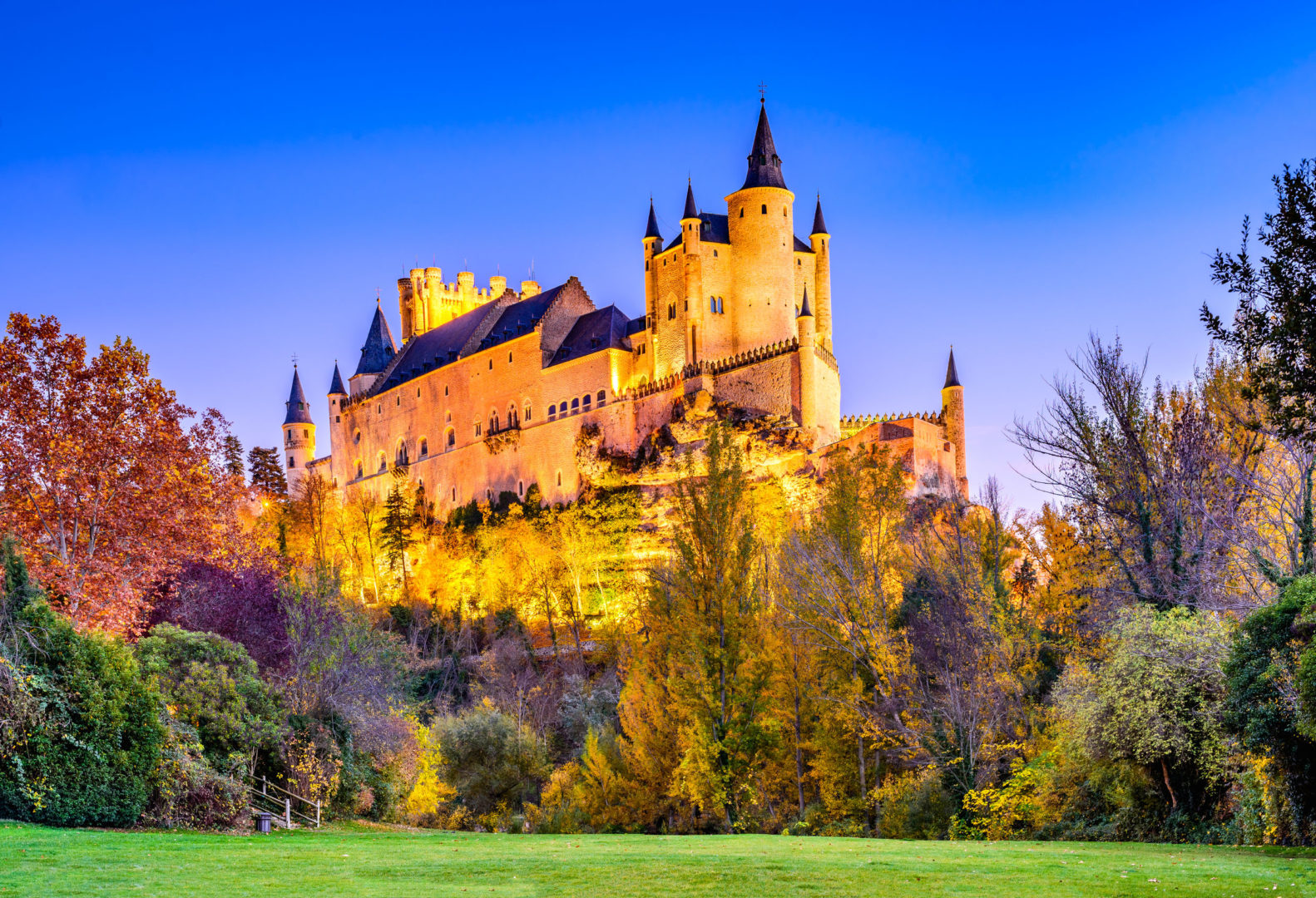Toll Free: 1-877-815-4227
 International: 1-603-516-0200
International: 1-603-516-0200

Toll Free: 1-877-815-4227
International: 1-603-516-0200

When many vacationers think about when to travel to Europe, they often choose late spring through late summer. It’s understandable with the wonderful weather and seasonal activities, but it’s time to think a little outside of the box. Low-season travel in Europe is November through March and is a great way to experience these very same places but with a few added benefits like affordability, fewer tourists, and more authentic, cultural activities.
Fewer Tourists—Europe is a favorite destination for vacationers for a number of reasons; culture, history, sightseeing, nature, and more. With all of those factors in mind, many people will use summer as an opportunity to visit and experience it. Fortunately, the low-season makes it the best time to avoid the crowds. Enjoy your travels more, wait in line less, and take better pictures during your stay in these incredibly diverse and fun countries. Our biggest tip is to start your days early as the sun sets at the earliest around 5:00 PM.
Affordability—If the price is a factor for you in determining when to go to Europe, the low-season is the time to consider. With fewer people looking to travel to Europe this time of year, you’ll often find that airfare and accommodation options are significantly cheaper. Similar to standard hotels, luxurious timeshare resorts often have high and low seasons, so the low seasons will typically have lower prices for both ownership opportunities and rentals. This means you can enjoy a very fulfilling European vacation without having to break the bank!
Authentic, Cultural Activities—With fewer tourists around during these times of the year, you can truly become a local during your vacation. Not only can you see many of the iconic sites without following a crowd of other vacationers, but you can also take advantage of the local activities and events that are geared more towards residents than travelers. Jazz festivals, seasonal markets, galleries, and other fun activities can be found and will provide you with a truly unique experience in these countries.
Croatia—Our biggest tip for a vacation in Croatia during the low-season is to move away from the coast and head inland for a relaxing time at the many ski resorts and spas available. If you happen to travel during the end of the shoulder seasons (September-October and April-May), you’ll find that the waters are still warm and great for swimming. Visit during the fall and you’ll experience the brilliantly changing leaves and its famous wine season.
Portugal—Though often visited in the warmer seasons for their beaches, Portugal also has amazing skiing opportunities in the north during the winter. Lisbon is especially beautiful during the holiday season with its many Christmas markets, food festivals, and decorations around the city. If you love the idea of hiking and walking, try the beginning or the end of the low season for great temperatures and thinner crowds.
France—With so many indoor attractions and activities, France is an ideal spot for an off-season getaway. The Christmas markets are wonderful during the holidays, but the fun of shopping extends to the many winter sales that happen after the New Year. Explore museums, historic sites, and beautiful buildings around the country without the worry of other vacationers, as you’ll likely have many of these places almost all to yourself!
Spain—Similar to Portugal, there are many great skiing opportunities in northern Spain during the winter months, though the weather in the southern parts is still comfortable, sometimes even warm. Fortunately, many of the country’s biggest attractions like museums and exhibits, are open throughout the year, so you’ll have the opportunity to explore without having to weed your way through other tourists.
Comments